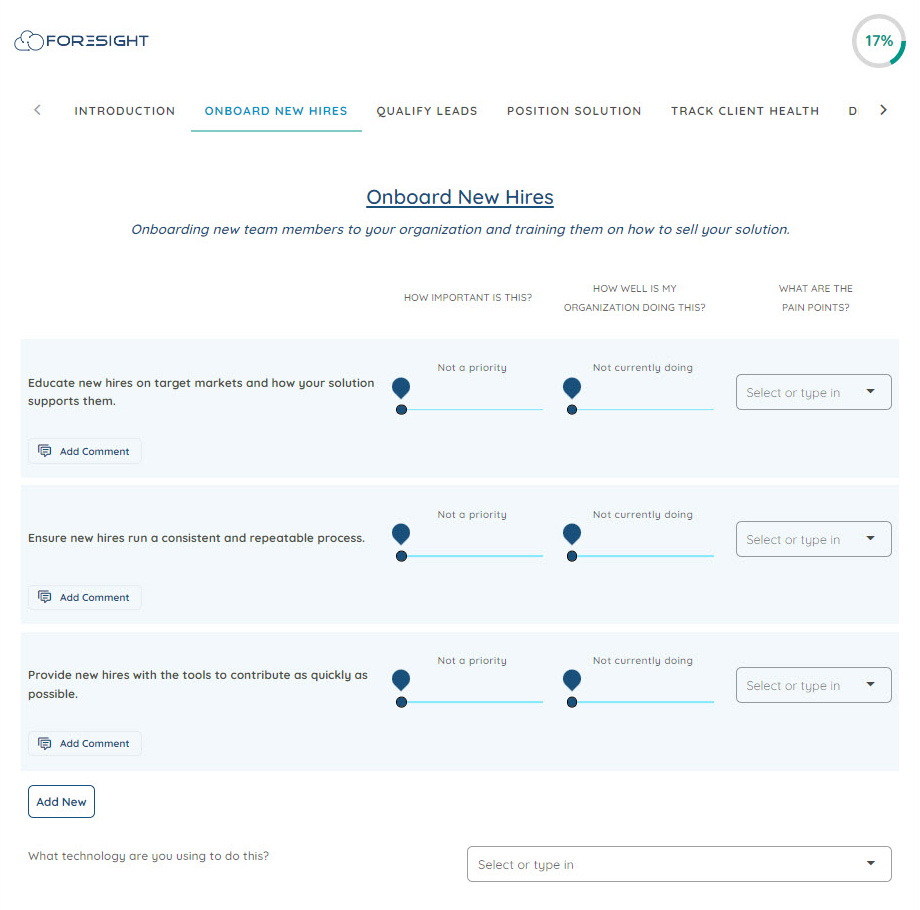As a sales organization, how do you prepare to meet your prospects? This probably sounds familiar:
- Run effective marketing campaigns.
- Fire up the dialer and outbound sequences.
- Follow up relentlessly to book a meeting.
- Qualify the prospect over an intro call.
What happens after you booked the meeting? According to the RAIN Group report on sales prospecting, 58% of sales meetings are not valuable to buyers.
In our post-pandemic era of virtual selling, does this mean that buyers prefer not to meet with sellers over Zoom?
Far from it.
According to the RAIN Group report, 82% of buyers accept meetings with sellers. Additionally, 70% of sellers continue to connect with buyers through the phone.
Given this new reality, you must look to improve the effectiveness of your sales meetings to get more wins. How can you achieve this? Here are 5 steps to follow.
5 Steps to Improve the Effectiveness of Your Sales Meetings
Arranging a sales meeting is probably the easiest part of your sales cycle. Be it through emails or cold calling, most of the lead generation methods are standardized across enterprises. Here are some stats that you should know:
- 100 cold calls will result in around 10 sales meetings.
- 3% of email recipients will accept meeting initiatives.
- 2% of all cold calls convert to the initial sales meeting.
So then, why are more than 50% of sales meetings not valuable to buyers? Even with plenty of sales leads and scheduled meetings, why do organizations fail to capitalize on them?
The reason is that you have serious gaps in your selling strategy that you first need to address.
Here are some fundamental questions that every sales team must ask themselves:
- Which sales deals are most likely to close?
- What business needs from prospective customers correlate to the highest close rates?
- Which are the most common customer needs and pain points that our products can satisfy?
- After the first meeting, how many prospects are no-shows – and why?
- How much of the client’s background must be navigated during the sales meeting?
By solving these gaps, you can improve your close rates and the effectiveness of your first sales meeting.
Here are 5 steps that can improve the effectiveness of your sales meetings:
1. Conduct pre-meeting discovery
Most Account Executives today enter the first sales meeting uninformed about the buyer. Apart from the small talk, most meetings are filled with questions about the specific needs and requirements of the prospect. This can be frustrating and a waste of time for buyers – resulting in a loss of interest. 96% of buyers base their purchase decision on the value that the seller can deliver to them. Additionally, 93% of buyers want the seller to collaborate with them.
Account Executives must conduct customer discovery before the meeting by:
- Sending pre-meeting emails asking your prospect about their biggest business challenges – and why they are unable to address them.
- Or, sending a pre-meeting assessment to gain a better understanding of the prospect’s business requirements.
2. Prepare the meeting agenda
Before entering the first sales meeting, you must create a strong agenda based on your customer’s business needs and challenges. A defined agenda must cover the various talking points and topics to discuss.
How are we going to benefit you during our time together?
A clear meeting agenda saves valuable time, which is otherwise wasted on finding topics to discuss – or even worse when key discussion points are not even mentioned during the meeting.
3. Align your discovery with their needs
The RAIN Group report finds that 63% of buyers can be influenced into a sale when the seller offers a personalized and relevant value proposition. Before the meeting, a Value Assessment can help prospects identify their specific needs through customized questions. A Value Assessment helps in addressing their pain points early and ensures that the first meeting follows a defined agenda. Over 65% of prospects complete the value assessment, thus providing critical information to your sales team.
Sales professionals can use the assessment to prepare insightful questions that delve deeper into what prospects have already told them.
4. Set customer expectations
92% of prospective customers want to be educated with new ideas and perspectives. Over 70% of buyers are looking for newer ideas and possibilities to drive improved results for their business. During the sales meeting, leverage the insights captured from the VAs to guide the meeting agenda and identify the main talking points.
Set realistic expectations with the prospect by sending them the meeting agenda before the sales meeting – along with their desired outcomes. Additionally, communicate with them what to expect from the sales meeting.
5. Come prepared with industry benchmarks
92% of purchase decisions are influenced when buyers are provided with valuable insights related to their industry or market. Buyers still want to know about capabilities while receiving valuable insights from sellers.
Additionally, prospects want to hear how their needs compare to their peers in the same industry. As outlined in the RAIN Group report, here are some factors that can influence buyers to connect with sellers during a sales meeting:
- Primary research data that is relevant to their business (69%)
- Client case studies and customer success stories (61%)
- Client testimonials (55%)
- Invitation to industry events (46%)
Conclusion
In any sales cycle, booking a sales meeting with prospective customers is probably the easiest thing to do. What matters is how to supercharge and convert these sales meetings into successful sales deals. Before the meeting, you should learn more about your prospects and their pain points to address them effectively during the meeting. This helps sellers create a value proposition that is hard for buyers to ignore.
What do you think about the proposed steps to improve the effectiveness of your sales meeting? Do you agree with us? Leave behind your comments below.


